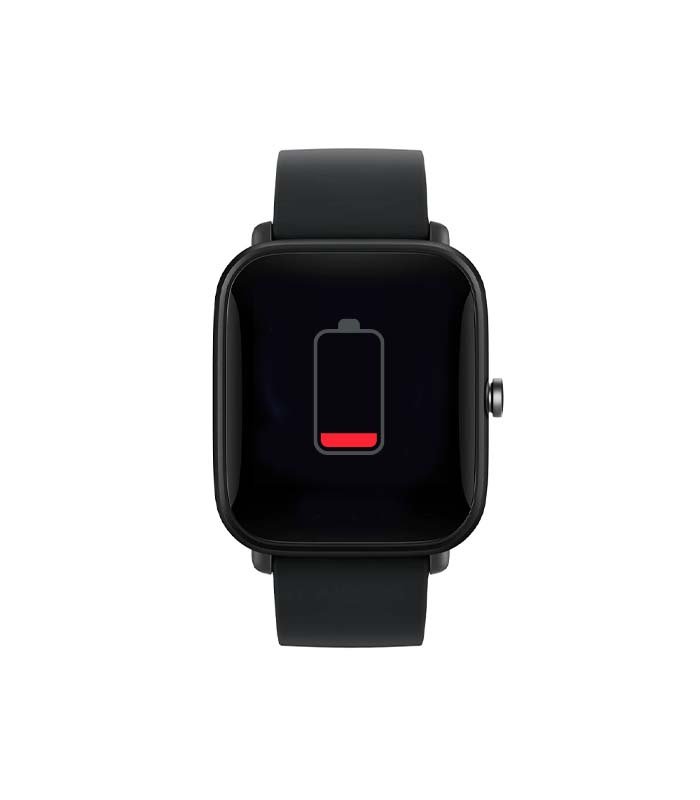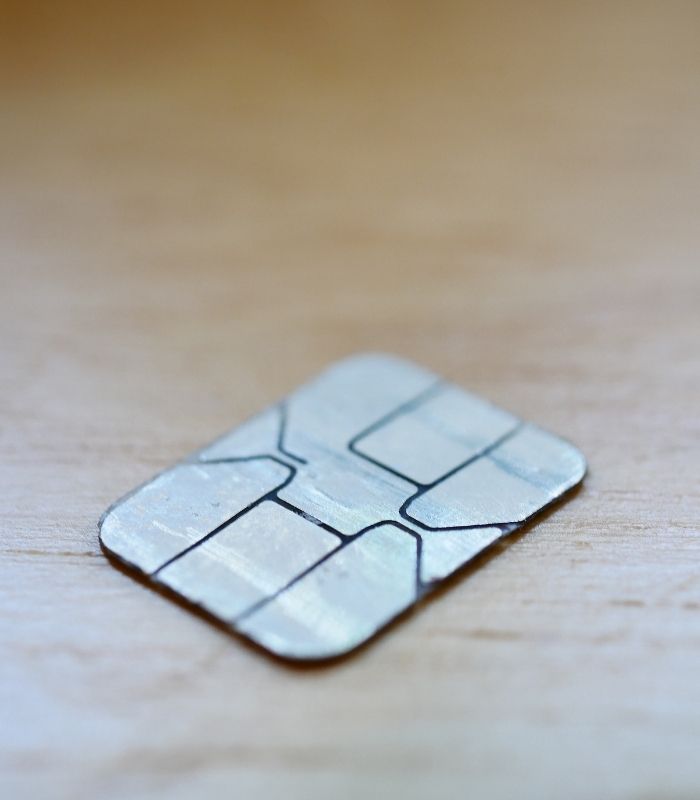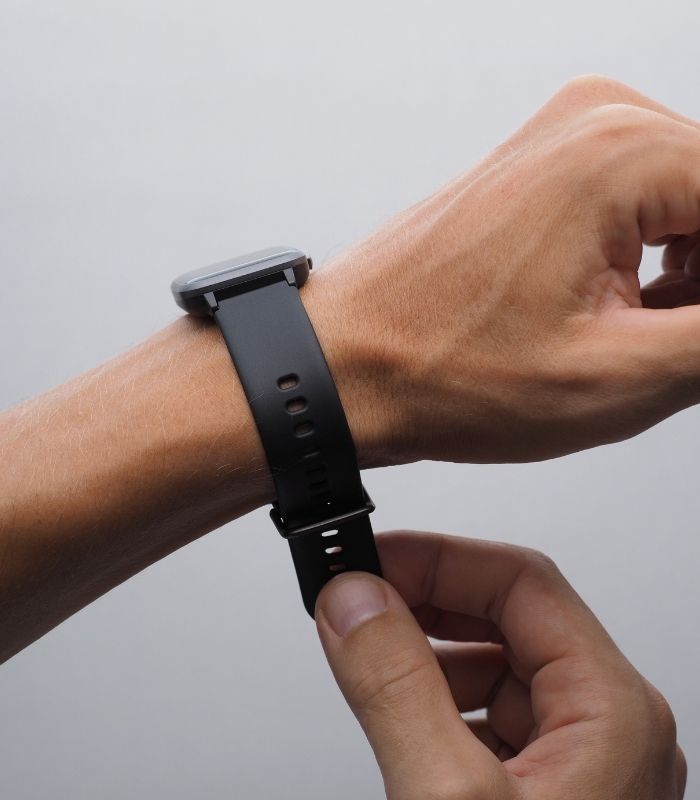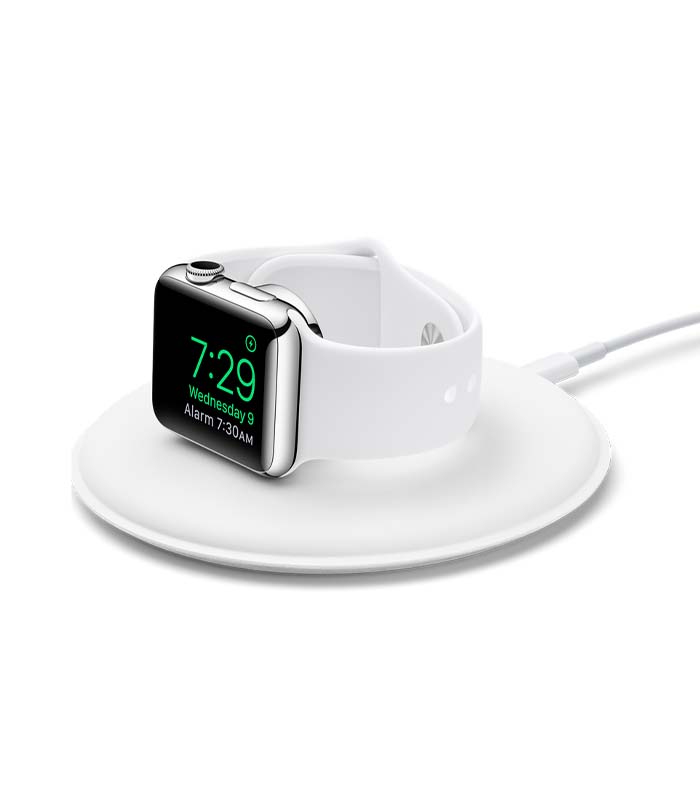Difference Between OLED, AMOLED, and Super AMOLED Display
Today, in this article, we will talk about display technology for electronics such as mobiles, TVs, and smartwatches. There is a lot of display quality right now available in the market which are IPS, TFT, OLED, AMOLED, Super AMOLED, and many more. At this moment, Super AMOLED display technology is the most popular, introduced by the world's most renowned Giant Electronics company SAMSUNG. Here in this article, we will try to delineate the difference between OLED, AMOLED, and Super AMOLED.
OLED (Organic Light Emitting Diodes) is a light-emitting technology comprised of a series of organic thin films with two conductors. A bright light is generated when an electric current is applied. OLED displays are emissive displays that do not require a backlight, making them more efficient and thinner than LCDs (which do require a white backlight).
In addition to being thin and energy-efficient, OLED displays provide the highest image quality ever and can be made transparent, flexible, foldable, rollable, and stretchable in the future. OLEDs are the future of display technology!
OLED Displays Main Features:
- Colors that are very saturated and vivid.
- Black color and the highest contrast ratio.
- It is 180° of wide viewing angle.
- Inefficient power consumption.
- The material is extremely thin and flexible.
- Motion picture quality and 3D applications require very short response times in microseconds.
On the other hand, AMOLED is a display technology. AMOLED is an abbreviation for Active Matrix Organic Light Emitting Diodes. Which is a type of OLED display used in smartphones.
It is a form of OLED display technology known as AMOLED (active-matrix organic light-emitting diode). The terms "active matrix" and "OLED" refer to different types of thin-film display technologies that use organic compounds as electroluminescent material.
Here comes Super AMOLED, a form of AMOLED display with integrated touch: instead of having a layer on top that identifies touch, the layer is embedded in the screen itself.
With Super AMOLED, you'll get a great picture every time. Because of the vast range of colors and exceptional purity of color, it has a greater resolution than others.
Throughout this description, it is observed that AMOLED and Super AMOLED are different forms of an OLED display.
OLED comprises thin layers of the organic component, which emits light when the current passes through it. Each pixel in this technology transmits its own light. AMOLED, on the other hand, contains an extra layer of thin-film transistors (TFTs).
Now let's look at the difference between AMOLED and Super AMOLED?
1. AMOLED and Super AMOLED technologies are used in mobile electronic devices as well as smartwatches.
2. AMOLED stands for active-matrix organic light-emitting diode. Essentially, it is composed of a series of organic layers with electroluminescent properties, layered on top of a pixel-modulating matrix. Super AMOLED is an advanced version. In a single layer, touch sensors and the actual display are incorporated.
3. AMOLED consumes less power, provides higher picture quality, and renders a faster motion response than LCDs. However, The Super AMOLED screen captures more light and consumes less power, resulting in a 20% brighter screen, 80% less sun reflection, and 20% lower power consumption.
4. Leading electronics manufacturers, such as HTC, Nokia, Samsung, and Dell, use both AMOLED and Super AMOLED.
Hope this article will help you to understand the display features of OLED, AMOLED, and Super AMOLED.





